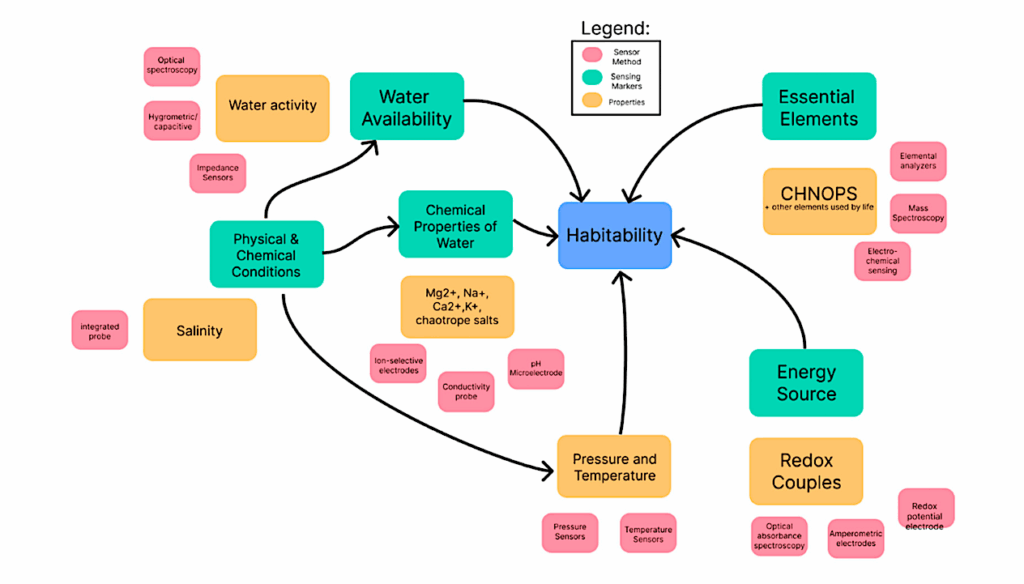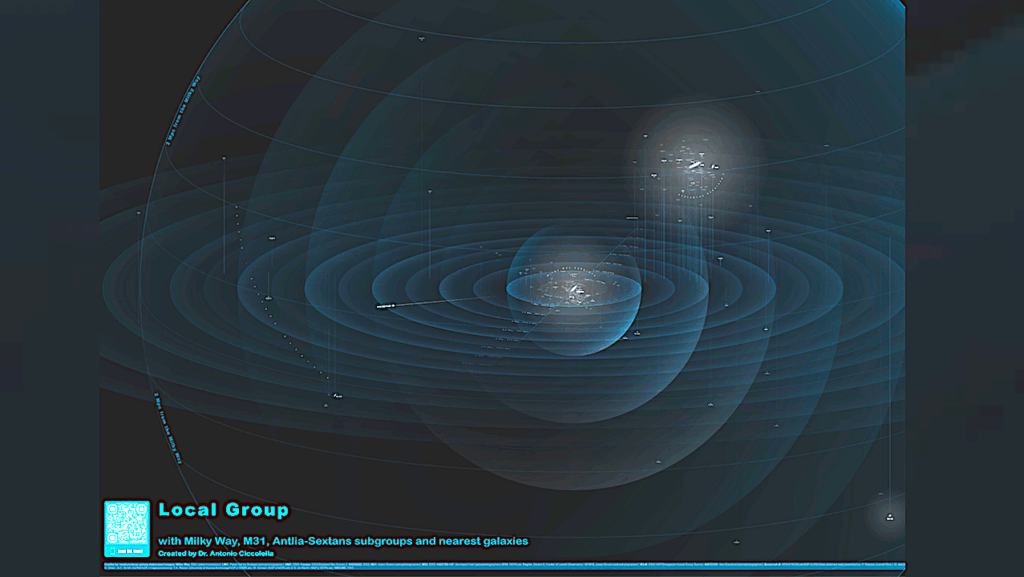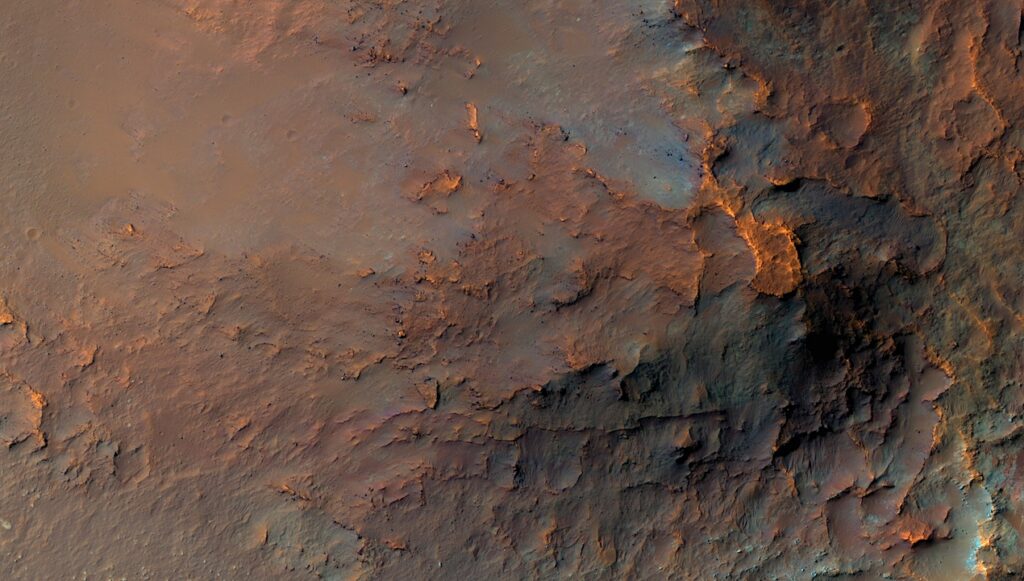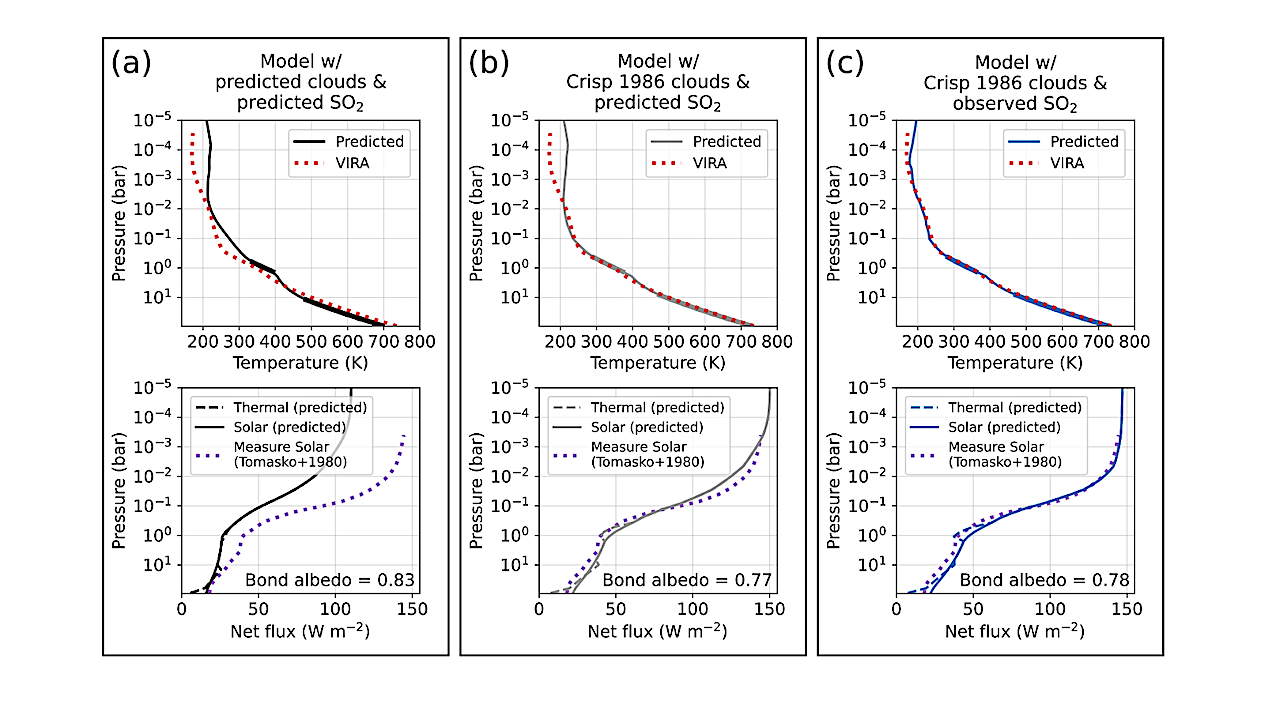Now Reading: Multi-modal Atmospheric Characterization Of beta Pictoris b: Adding High-resolution Continuum Spectra From GRAVITY
-
01
Multi-modal Atmospheric Characterization Of beta Pictoris b: Adding High-resolution Continuum Spectra From GRAVITY
Multi-modal Atmospheric Characterization Of beta Pictoris b: Adding High-resolution Continuum Spectra From GRAVITY
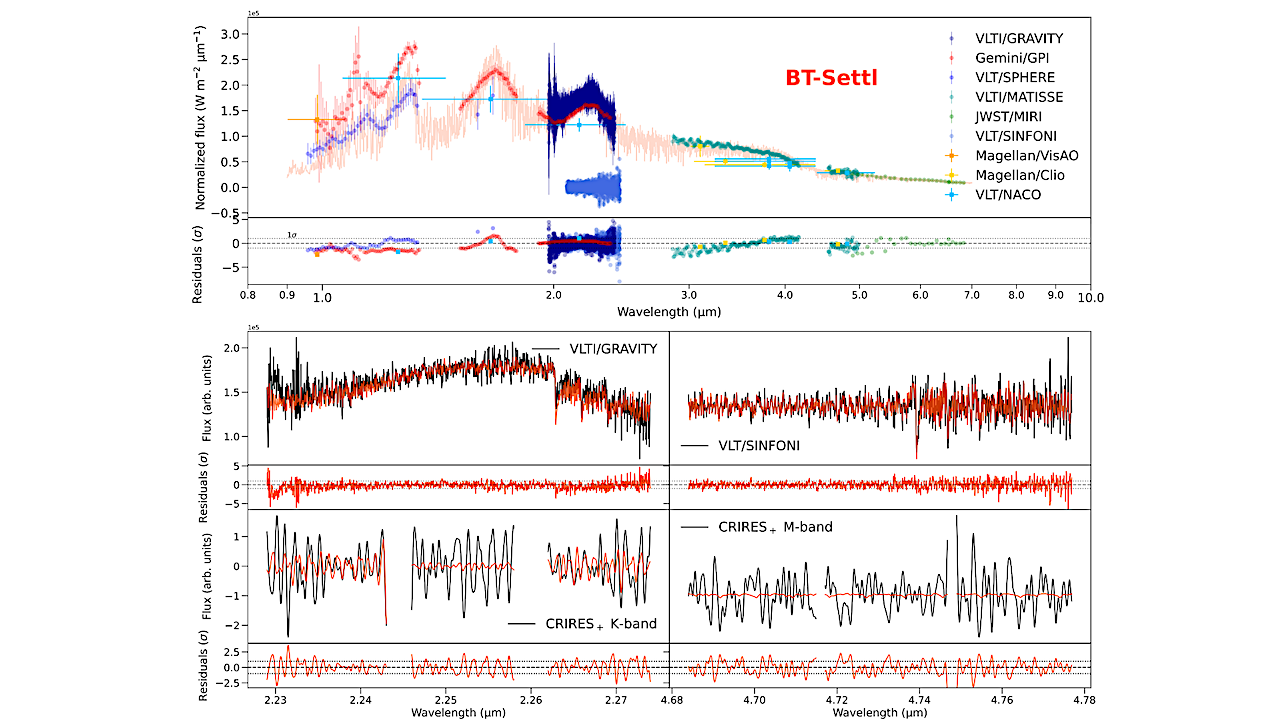

Results of the forward modeling of β Pic b using the most recent spectro/photometric observations of the planet (including CRIRES+) using BT-Settl. Top panel: spectra (points) and photometry (squares) of β Pic b alongside a Rλ ∼ 4 000 spectrum extracted using the best fit parameters for the inversion. Observations have been re-normalized using the analytic scaling factors computed during the inversion. Associated residuals are shown below. Dotted lines represents the ±σ (68%) confidence interval. Bottom sub-panels: zoom versions of the top panel on GRAVITY (upper left), SINFONI (upper right), CRIRES+-K (lower left) and CRIRES+-M (lower right). Similarly to Landman et al. (2024), each CRIRES+ spectra are shown smoothed by their retrieved broadening to show the planet features more clearly. — astro-ph.EP
We present the first VLTI/GRAVITY observations at Rλ∼4000 of β Pic b. These four high S/N (∼20) K-band spectra conserve both the pseudo-continuum and molecular absorption patterns.
We analyze them with four self-consistent forward model grids (Exo-REM, ATMO, BT-Settl, Sonora) exploring Teff, log(g), metallicity, C/O, and 12CO/13CO ratio. We also upgrade our forward modeling code ForMoSA-5 μm photometry, low- to medium-resolution spectra (0.9-7 μm), and high-resolution echelle spectra (2.1-5.2 μm).
Sonora and Exo-REM are statistically preferred. Exo-REM yields Teff =1607.45+4.85−6.20 K and log(g) =4.46+0.02−0.04 dex from GRAVITY alone, and Teff =1502.74+2.32−2.14 K and log(g) =4.00±0.01 dex when including all datasets.
Archival data significantly affect the retrieved parameters. C/O remains solar (0.552+0.003−0.002) while [M/H] reaches super-solar values (0.50±0.01). We report the first tentative constraint on log(12CO/13CO ) ∼1.12, though this remains inconclusive due to telluric residuals.
Additionally, we estimate the luminosity to be log(L/L⊙) =−4.01+0.04−0.05, implying a heavy-element content of up to ∼5% (20-80 M⊕) given the system age and dynamical mass measurements. Access to both continuum and molecular lines at K-band significantly impacts the metallicity, possibly owing to collision-induced absorption shaping the continuum. Echelle spectra do not dominate the final fit with respect to lower resolution data. Future multi-modal frameworks should include weighting schemes reflecting bandwidth and central wavelength coverage.
M. Ravet, M. Bonnefoy, G. Chauvin, S. Lacour, M. Nowak, B. Charnay, P. Tremblin, D. Homeier, C. Morley, J. Fortney, A. Denis, S. Petrus, P. Palma-Bifani, R. Landman, L. T. Parker, M. Houllé, A. Chomez, K. Worthen, F. Kiefer, G.-D. Marleau, Z. Zhang, J. L. Birkby, F. Millour, A.-M. Lagrange, A. Vigan, G.P.P.L. Otten, J. Shangguan
Comments: Accepted for publication in A&A
Subjects: Earth and Planetary Astrophysics (astro-ph.EP)
Cite as: arXiv:2509.25338 [astro-ph.EP] (or arXiv:2509.25338v1 [astro-ph.EP] for this version)
https://doi.org/10.48550/arXiv.2509.25338
Focus to learn more
Submission history
From: Matthieu Ravet
[v1] Mon, 29 Sep 2025 18:00:22 UTC (2,448 KB)
https://arxiv.org/abs/2509.25338
Astrobiology,
Stay Informed With the Latest & Most Important News
Previous Post
Next Post
-
 012024 in Review: Highlights from NASA in Silicon Valley
012024 in Review: Highlights from NASA in Silicon Valley -
 02Panasonic Leica Summilux DG 15mm f/1.7 ASPH review
02Panasonic Leica Summilux DG 15mm f/1.7 ASPH review -
 03How New NASA, India Earth Satellite NISAR Will See Earth
03How New NASA, India Earth Satellite NISAR Will See Earth -
 04And Thus Begins A New Year For Life On Earth
04And Thus Begins A New Year For Life On Earth -
 05Astronomy Activation Ambassadors: A New Era
05Astronomy Activation Ambassadors: A New Era -
06SpaceX launch surge helps set new global launch record in 2024
-
 07Space Force plans new ‘Futures Command’ amid pressure to speed up modernization
07Space Force plans new ‘Futures Command’ amid pressure to speed up modernization












